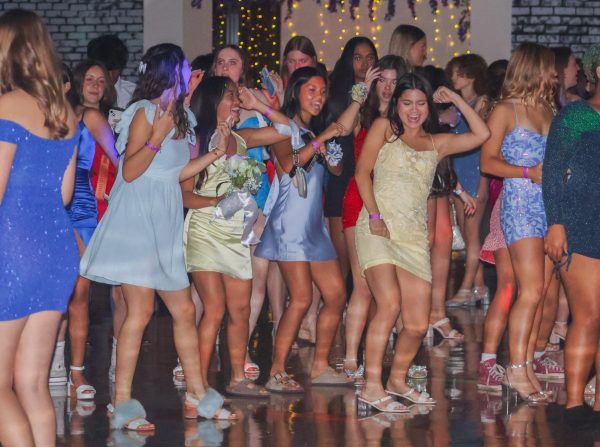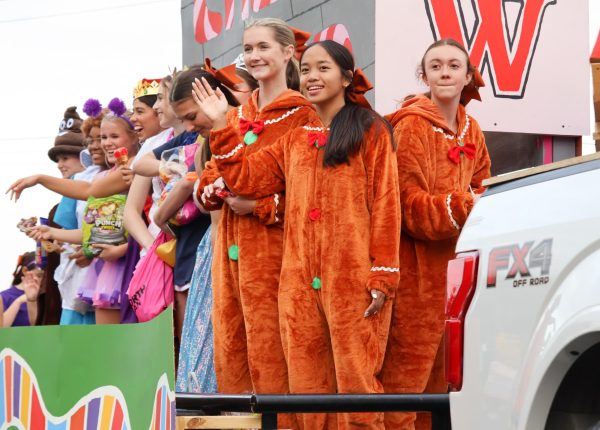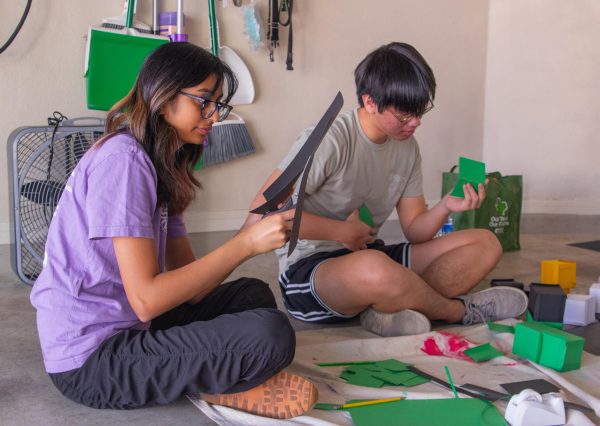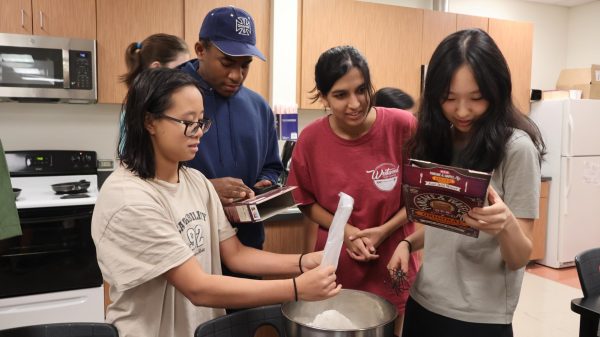Engineering Seniors Present Capstone Project
Seniors Kriti Sarker, Isabella Smith, and Ariel Whitehead demonstrate the uses of their marshmallow roaster.
Engineering Design and Development students gave presentations to parents and peers from Monday, May 15 to Wednesday, May 17. The presentations were to showcase a capstone project the students worked on over the year.
The project had the students go through the design process of engineering, up to creating a prototype. Since Engineering Design and Development is a course only offered to seniors who have taken at least one other engineering class before, the assignment was a chance for students to utilize knowledge gained not just this year but from all preceding engineering courses they took in preparation for the future.
“The purpose is to spend the whole year doing that engineering design process,” engineering teacher Ross Russell said. “Most of them have an idea of what their degrees and careers are gonna be, and most of them are going to go into engineering anyways. [For example], if they want to go electrical, they choose a project that’s more electrical engineering-related, related to what their interests are.”
The seniors had to approach this assignment in a creative way, by thinking of a problem that they wanted to fix and finding a solution to it.
“Me and my groupmates, when we were thinking about what to do for our project we all decided that we really like marshmallows,” Kriti Sarker ‘17 said. “One of the struggles with roasting a marshmallow is that the marshmallow gets burnt easily and we decided that that’s a big pain. We decided to fix this problem by making an automatic marshmallow roaster.”
In the months filled with hard work, the students faced many different challenges.
“We had a bunch of ideas on how we wanted to innovate the telescope so it’d be easy for you to use, be a lot more fun, and could take some really cool pictures,” Steven Szostak ‘17 said. “But reality kind of set in with our budget and by getting the bigger mirror which took up 80 percent of the budget, it didn’t allow us to complete the big ideas we had. It’s a prototype so we still have a lot to learn.”
Although the obstacles could be disheartening, they offered to the students an opportunity to use their problem-solving skills to overcome them.
“I learned that when you’re building, creating something, not everything will go to your original plan,” Sarker said. “Along the way you’re going to make a lot of adjustments and make a lot of compromises.”
The presentations overall offered a time for the students to display all the knowledge they gained over the years. Marking the end of their high school engineering careers, the projects were the first step for the students to continue pursuing their aspirations in college.
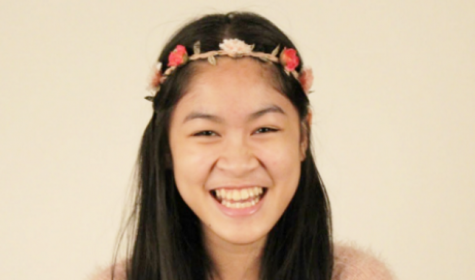
Hi! My name is Nicole and I am a reporter for the Horizon. Most of my free time is spent taking personality quizzes, chatting with my friends, or just...


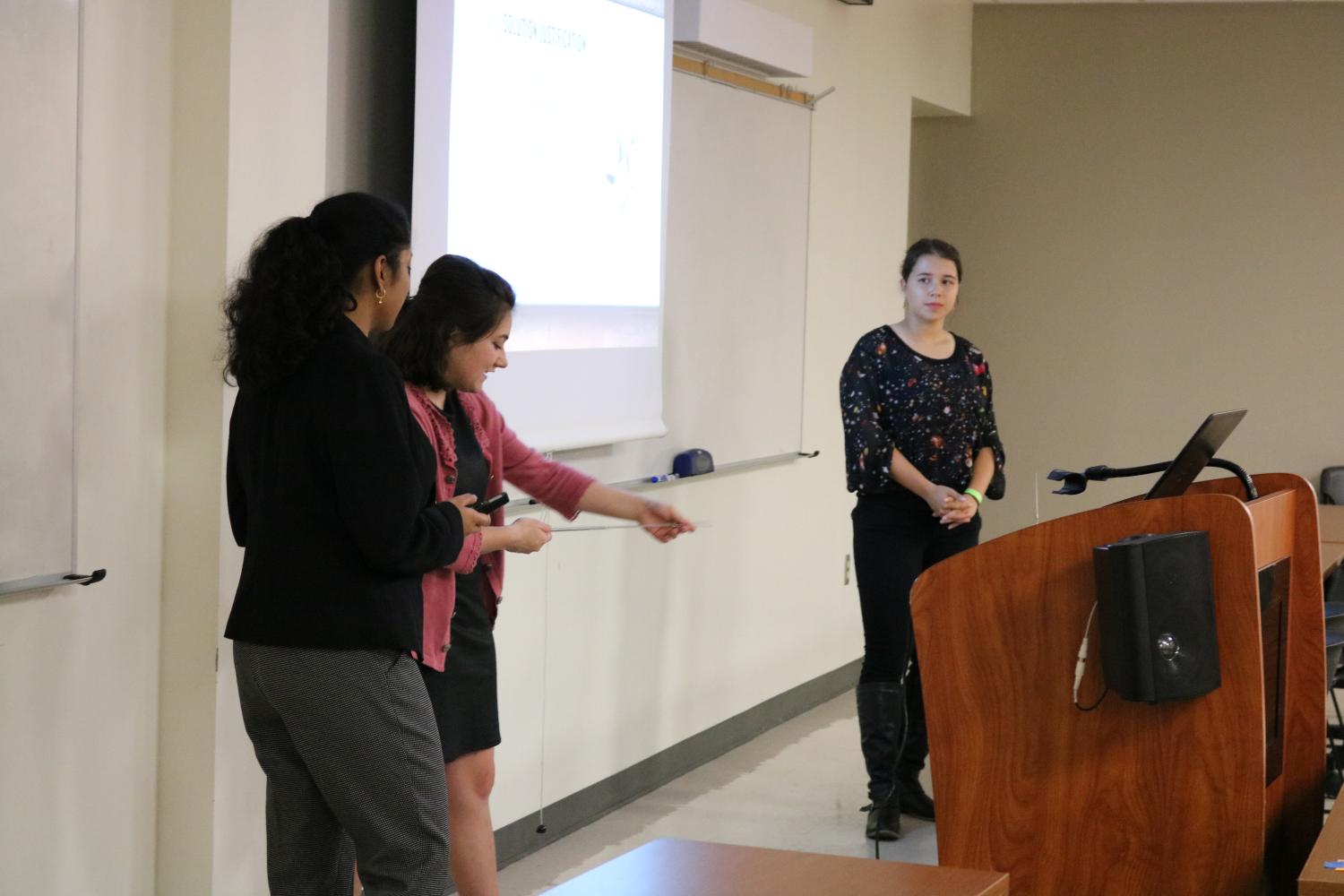
![In one of the newly made garden beds, Christopher Li '25 sets a plant in the soil. He collected a variety of plants and seeds to include in the garden. "I also collected [a lot of the seeds I sowed] outside in neighborhoods, parks, and sometimes on the side of the road," Li said.](https://westwoodhorizon.com/wp-content/uploads/2024/10/DSC_0037-600x397.jpg)
